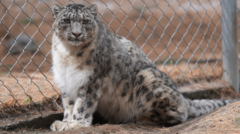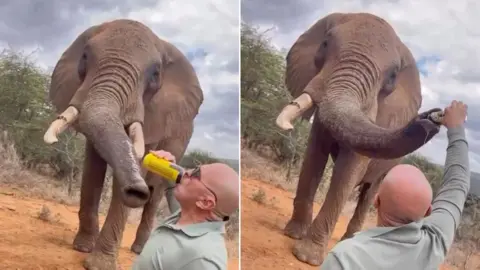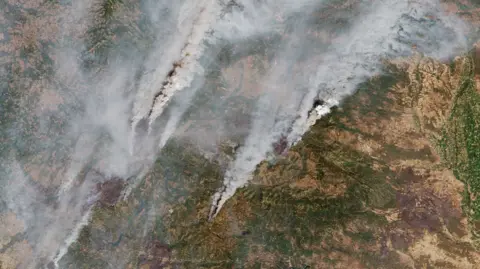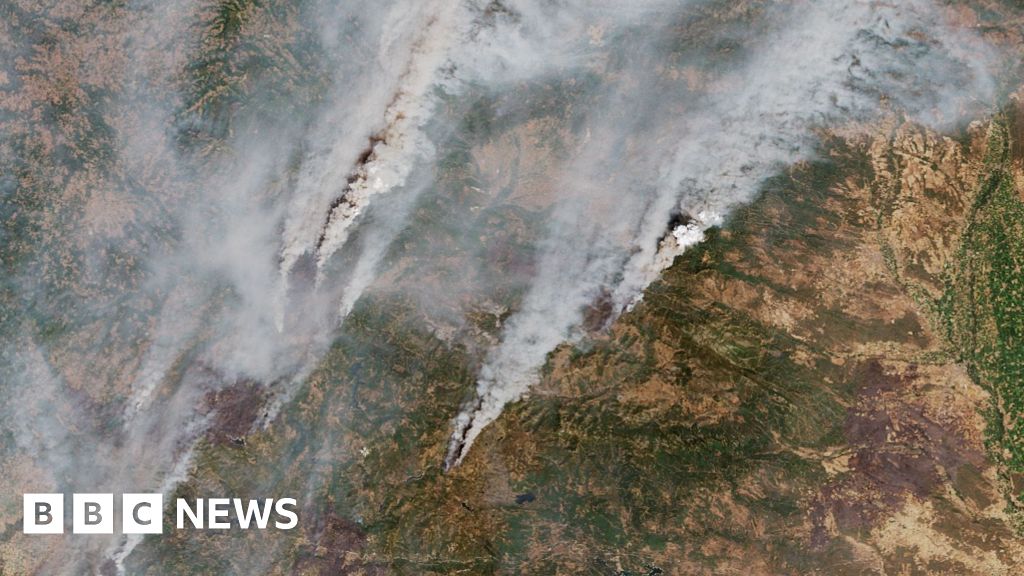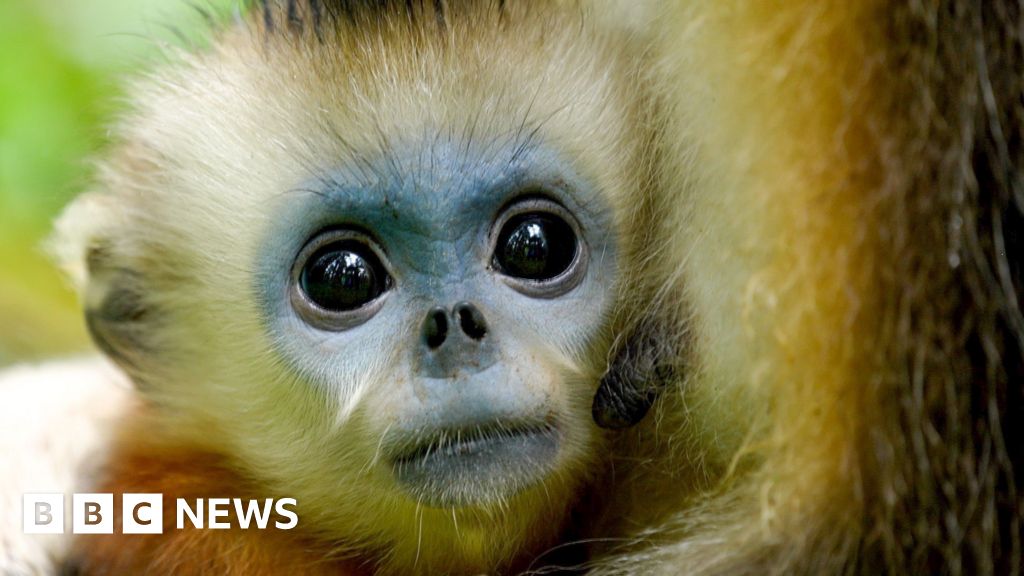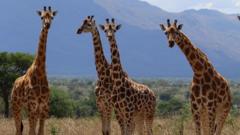In Pakistan-administered Gilgit-Baltistan, an innovative approach is being taken to tackle the critically endangered population of snow leopards. According to estimates, there are only 4,000 to 6,000 of these majestic felines left in the wild, with a concerning decline of 20% over the last two decades. In an effort to save them, the World Wide Fund for Nature (WWF) has partnered with Lahore University of Management Sciences (LUMS) to deploy AI-powered cameras that detect snow leopards and alert local farmers via text message.
These cameras, powered by solar panels and lithium batteries, are strategically placed in remote mountain locations, near snow leopard habitats where they can observe wildlife activity. Tehzeeb Hussain, the caretaker of a snow leopard named Lovely, explains the importance of protecting these animals, especially with an alarming number of them being killed annually as a result of livestock attacks.
Currently, the WWF is piloting ten cameras in three villages, after years of fine-tuning the AI software to accurately differentiate between humans, livestock, and snow leopards. Although the technology has shown promising accuracy, community involvement has been integral to the project's success. Challenges have arisen from skepticism about the initiative's viability and protection, leading to vandalism in some instances.
Local farmer Sitara recounts how she lost all six of her sheep to a snow leopard attack earlier this year, underlining the harsh realities farmers face. While some villagers are increasingly recognizing the ecological role of snow leopards, concerns about livestock losses persist, creating tension in the community.
Moreover, climate change is a major factor influencing the relationships between villagers and wildlife as rising temperatures have forced farmers to encroach into snow leopard habitats. Tougher legal penalties for those harming these animals are now in place, serving as a deterrent against poaching.
Yet the WWF acknowledges that AI technology alone cannot solve the issue. Future plans include trialing additional deterrent methods such as sounds, smells, and lights alongside the cameras to keep snow leopards further away from livestock and reduce conflicts. As they continue their efforts to protect these "ghosts of the mountains," the collaboration between conservationists and local communities could pave the way for a more sustainable coexistence, crucial for saving these elusive predators from extinction.

